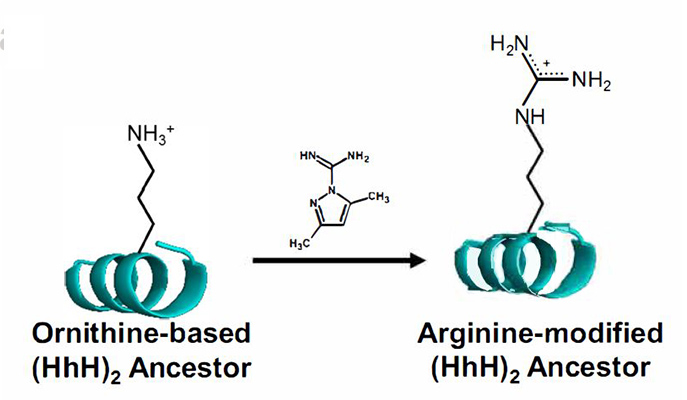
A new study by the Leibniz Institute for Food Systems Biology at the Technical University of Munich shows for the first time that bitter tasting protein fragments (peptides) are produced in the stomach during the digestion of the natural sweetener thaumatin. In a cellular test system, the peptides are able to stimulate the acid secretion of human stomach cells and influence inflammatory reactions. “Our research helps to elucidate the health effects of the plant protein, which is widely used as a sweetener,” says Veronika Somoza, head of the study and director of the Leibniz Institute.
Veronika Somoza’s team is researching, among other things, how bitter-tasting food compounds influence the metabolism of s...
Read More









Recent Comments